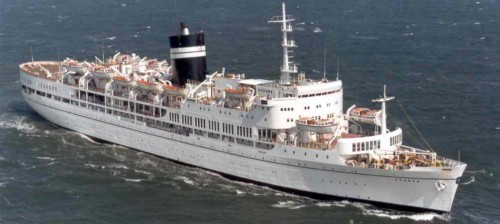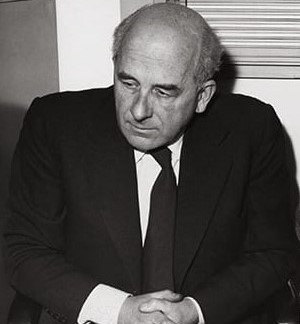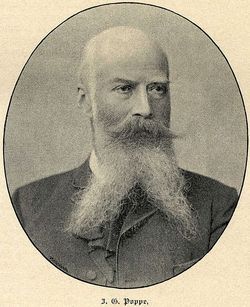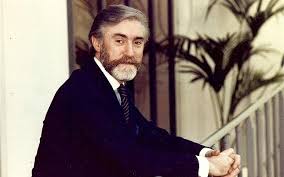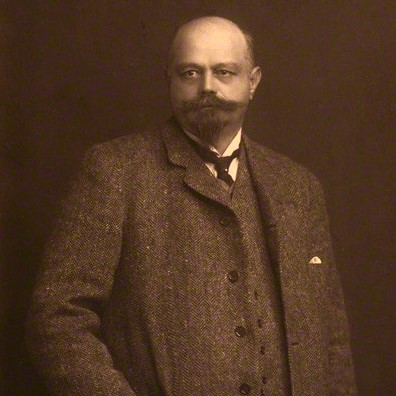On July 15th 1952 Barclay, Curle & Co from Glasgow delivered ss Uganda to British India Steam Navigation Company. She joined fleetmate Nevasa which had been taken into service a year earlier and was the first troopship taken into service after WWII. Both ships could be identified easily as Uganda’s funnel was taller. She was intended for the UK – East Africa run, because since India had been granted independence in 1947, shipping services to India were stopped and B&I shifted operations to East-Africa. On her way to East Africa, she called at Gibraltar, Naples, Port Said, Aden, Mombasa, Dar-es-Salaam, Tanga and Beira.
Uganda’s two sets of Parsons turbines and twin screws gave her a service speed of 16 knots and a top speed of 19 knots. She carried 300 passengers, 167 in first class and 133 in tourist class. They each had their own separate dining-room, smoking-salon and lounges at their disposal. But of course Uganda also had cargo capacity, five holds of which 25,000 cubic ft. was refrigerated.

So Uganda sailed from the UK to East Africa. This lasted for a quite uneventful 15 years until 1967. Then, like on the other liner routes across the globe, also on this service, passenger loads dwindled as the aeroplane was quickly taking over. Now B&I were faced with a problem, as they had to find alternative employment for Uganda. They expanded on a solution they had provided before for their out-of-work-ships: they sent Uganda to Hamburg, to Howaldtswerke – Deutsche Werft, where they had her completely rebuilt for use as a cruise ship, but not an ordinary one, as besides her 300 regular cruise passengers they had her partly converted to an educational cruiseship for 930 students for which dormitories were created in her former cargo holds, and who had their own public spaces like a lecturing hall and rooms where they could study. Converting her cost close to 3 millon pounds.



On the technical side, Uganda was upgraded with a completely new state of the art bridge, a modern electrical power installation and airconditioning almost throughout the ship.
Her outward appearance was altered, with her new bridge, expanded superstructure aft and forward sun deck.

B&I had already converted their Nevasa from 1956 to an educational cruiseship when this ship’s troop carrying contact had been ended by the Ministry of Transport. Dunera and Devonia had been the line’s first student cruise ships in the sixties. Originally, bookings for educational cruises were low, but the company persevered and the new scheme gradually became a succes.

For the students onboard most of whom had never been abroad before, it was nothing less than spectacular, visiting countries far away, like the sites of ancient history in Turkey, Greece, Egypt and Lebanon. Sport and games like swimming, football etc. were organized on the sports desks as well as social activities: fancy dress parties, disco’s, sing songs and of course entertainment, on the docks next to the ship or onboard often performed by local artists. The ratio of school teachers (they were called party leaders) to students was 1 to 15 for students of 16 and 17 years old which usually was the majority and for younger students this was lowered to 1 to 10. A special officer, the Staff First Officer was appointed, whose duties were solely related to the students on board. Furthermore, student activities were coordinated by the ship’s head master and the girls dormitories were supervised by a matron and her assistant matrons while the master at arms (reporting to the Staff First Officer) and the team of school teachers kept an eye on the boys dormitories. Students had their own Pursers’s Office, the School Office, serving as their information and reception desk. So overall, there was a solid organization in place onboard taking care of the youngsters during Uganda’s educational cruises. Today, there are still several groups ons Facebook where former students keep in touch and share memories.

Uganda sailed in this role until 1983. In 1982 however, her regular service was interrupted when she was chartered by the Ministry of Defense for hospital ship duties for 5 months during the Falkland conflict between England and Argentina as a STUFT (Ships Taken Up From Trade). She was in good company, as both P&O’s Canberra and Cunards Queen Elizabeth 2 were also called upon for war duties. Uganda‘s last cruise was interuppted in Naples, and she was sent to Gibraltar for a quick 3-day refit during which she was convetred to a hospital ship. Hospital wards were installed, her communications equipmet was upgraded and she received a helicopter-pad. Her call signal was “Mother Hen” and as such, she coordinated three British and three Argentinian ships which ferried casualties over to her. She treated over 700 casualties among these 150 Argentinian soldiers.

Like almost every vessel Uganda suffered some mishaps during her career, for example in 1973 when she collided with one of the lock walls in the port of Leith. Luckily, she was only slightly damaged and could quickly resume service after the incident. Eight years later she was not so lucky when she ran aground near Alexandria, Egypt, and damaged her hull below the waterline. She was immediately sent to Pireaus for repairs.

When in educational cruise service, her usual pattern was Mediterranean cruising during the winter, followed by Scandinavinan cruises in spring and summer, out of the UK. Apart from Norway, also the Faroer Islands and sometimes even Iceland were included in her itineraries. Usually the month of January was spent in drydock where she was technically overhauled, work was done on her hull, engines, seals, plumbing and so forth. This was mostly carried out in Valetta, Malta at the Malta dry dock. But after the war duties in 1982 her (educational) cruise service days were as good as over. After being refitted by Smiths Shiprepairers of North Shields, she only carried on until January 1983 when the Ministry of Defense chartered her again, this time for service between Ascension island and the Falkland islands. In April 1985 her contract ended and she was laid up in the river Fal.

This lasted for a year and she ended up being sold to Triton Shipping and renamed Triton, and in a matter of weeks with a skeleton crew of 21 she was sent to the scrappers in Kaohsiung, Taiwan. She arrived there in July 1986 waiting for her turn to be scrapped, but a month later, TyphoonWayne drove her ashore where she capsized. It took until 1992 for the actual dismantling to begin.
Some B&I – brochures:



